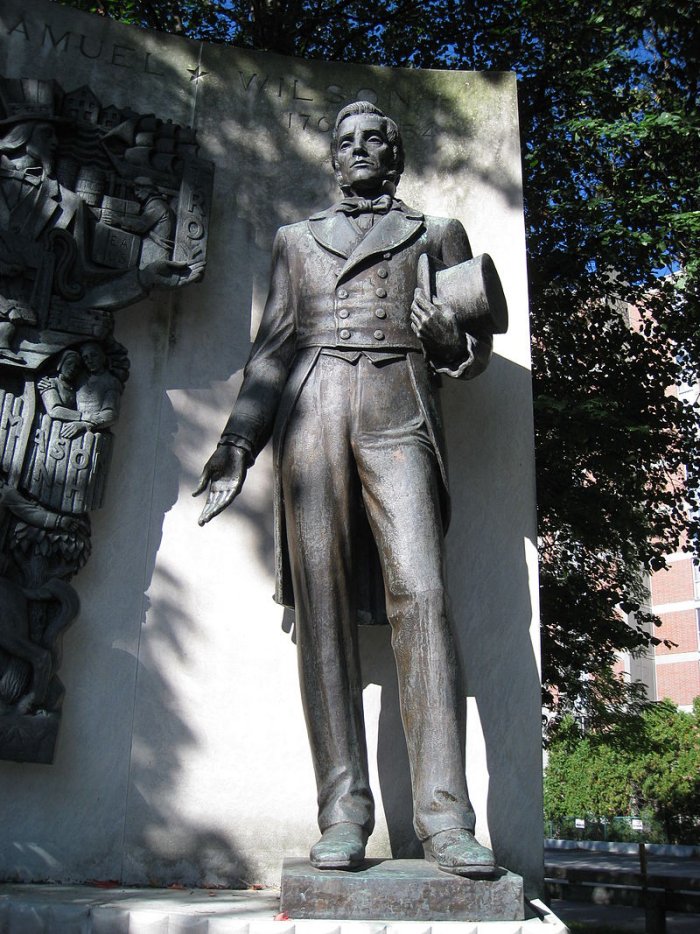Story Of Uncle Sam – Symbol Of The United States Government
Ellen Lloyd - AncientPages.com - You've seen him, alright. A slightly funny-looking man dresses in red, white, and blue. He wears a stars-and-stripes suit top hat and looks straight at you. His name is Uncle Sam, and he is a symbol of the United States government.
Samuel Wilson Memorial in Arlington, Massachusetts. Image credit: Wikipedia
How did this man become a personification of the American government, and how did the United States get its nickname, Uncle Sam?
Who Was Sam Wilson?
The story of Uncle Sam has its start in the 1810s. There was a real-life Uncle Sam, but proof of his existence was unearthed only a quarter of a century ago. Had the evidence not surfaced, doubt about a real-life prototype would still exist, and the character would today be considered a myth, as he was for decades.
The name Uncle Sam is linked to Samuel Wilson, born in Arlington, Massachusetts, on September 13, 1766.
When Sam was 14, he joined the army and the American Revolution. With independence from Britain won Sam moved in 1789 to Troy, New York, where he worked as a meatpacker and supplied barrels of beef to the United States Army during the War of 1812.
Wilson stamped the barrels with "U.S." for the United States, but soldiers began referring to the grub as "Uncle Sam's."
On October 1, 1812, Sam was visited by government inspectors who asked him what the ubiquitously stamped "U.S." stood for. Sam was a little uncertain and joked that the letters must represent the initials of his employer, Uncle Sam.
The local newspaper picked up on the story, and Uncle Sam eventually gained widespread acceptance as the nickname for the U.S. federal government.
Samuel Wilson died in 1854 and was buried next to his wife Betsey Mann in the Oakwood Cemetery in Troy, New York, the town that calls itself "The Home of Uncle Sam."
Uncle Sam Becomes A Symbol Of The United States Government
Over the years, various artists depicted Uncle Sam in different ways. The colorful image of Uncle Sam we are familiar with today is a creation made up of several contributions by many illustrators.
The first Uncle Sam illustrations appeared in New England newspapers in 1820. At that time, the friendly figure was clean-shaven and wore a solid black top hat and tailcoat.
Uncle Sam, a half-length portrait, pointing at the viewer as part of the United States government's effort to recruit soldiers during World War I, with the famous legend "I want you for the U.S. Army". Image credit: Library Of Congress
In the late 1860s and 1870s, political cartoonist Thomas Nast (1840-1902) began popularizing the image of Uncle Sam. Nast gave Uncle Sam the white beard and stars-and-stripes suit associated with the character today.
The famous image of Uncle Sam wearing a tall top hat and blue jacket and pointing straight ahead at the viewer was created by artist James Montgomery Flagg (1877-1960).
During World War I, this portrait of Sam with the words "I Want You For The U.S. Army" was used as a recruiting poster.
In September 1961, the U.S. Congress recognized Samuel Wilson as "the progenitor of America's national symbol of Uncle Sam. In 1989, "Uncle Sam Day" became official.
Updated on August 15, 2023
Written by Ellen Lloyd – AncientPages.com
Copyright © AncientPages.com All rights reserved. This material may not be published, broadcast, rewritten or redistributed in whole or part without the express written permission of AncientPages.com
Expand for referencesMore From Ancient Pages
-
 Mystery Of Ancient Language PIE From Which Half Of All Languages Originate
Featured Stories | Apr 3, 2017
Mystery Of Ancient Language PIE From Which Half Of All Languages Originate
Featured Stories | Apr 3, 2017 -
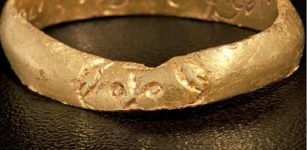 Skulls and inscriptions on three rings found by archaeologists in Wales
Artifacts | Aug 29, 2015
Skulls and inscriptions on three rings found by archaeologists in Wales
Artifacts | Aug 29, 2015 -
 On This Day In History: Battle Of Sinop Took Place – On Nov 30, 1853
News | Nov 29, 2016
On This Day In History: Battle Of Sinop Took Place – On Nov 30, 1853
News | Nov 29, 2016 -
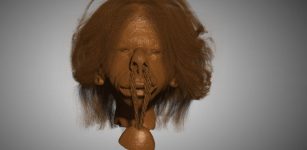 Researchers Confirm Museum Shrunken Head As Human Remains
Archaeology | Aug 4, 2022
Researchers Confirm Museum Shrunken Head As Human Remains
Archaeology | Aug 4, 2022 -
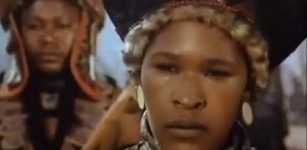 Princess Mkabayi KaJama: Condemned And Hated Zulu Kingmaker Who Died A Lonely Woman
Featured Stories | Mar 20, 2019
Princess Mkabayi KaJama: Condemned And Hated Zulu Kingmaker Who Died A Lonely Woman
Featured Stories | Mar 20, 2019 -
 Pilot Mountain Is Home To A Mysterious Underground Civilization – Cherokee Legend Tells
Featured Stories | Apr 30, 2021
Pilot Mountain Is Home To A Mysterious Underground Civilization – Cherokee Legend Tells
Featured Stories | Apr 30, 2021 -
 Mysterious Ancient Underground King And Ruler Of The World – Secret Science – Part 2
Civilizations | Jul 26, 2018
Mysterious Ancient Underground King And Ruler Of The World – Secret Science – Part 2
Civilizations | Jul 26, 2018 -
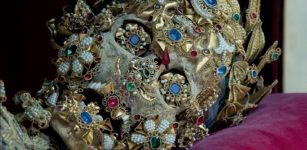 Secret Catacombs With Incredible Ancient Skeletons Covered In Priceless Jewelry
Featured Stories | Nov 20, 2018
Secret Catacombs With Incredible Ancient Skeletons Covered In Priceless Jewelry
Featured Stories | Nov 20, 2018 -
 Ancient Mystery Of The Village Where All Residents Vanished Overnight
Featured Stories | Oct 19, 2021
Ancient Mystery Of The Village Where All Residents Vanished Overnight
Featured Stories | Oct 19, 2021 -
 Flower Of Life: Ancient Sacred Geometry Symbol And Blueprint Of The Universe
Ancient Symbols | Oct 8, 2017
Flower Of Life: Ancient Sacred Geometry Symbol And Blueprint Of The Universe
Ancient Symbols | Oct 8, 2017 -
 Secret Passageways And Caves Beneath Nottingham Castle
Featured Stories | Dec 6, 2015
Secret Passageways And Caves Beneath Nottingham Castle
Featured Stories | Dec 6, 2015 -
 Enigmatic Ancient Kingdom Of Thulamela Created By Mysterious Shona People
Civilizations | Dec 28, 2016
Enigmatic Ancient Kingdom Of Thulamela Created By Mysterious Shona People
Civilizations | Dec 28, 2016 -
 4,500-Year-Old Row Of Giant Monoliths Found – Could Be the Largest In Britain
News | Sep 7, 2015
4,500-Year-Old Row Of Giant Monoliths Found – Could Be the Largest In Britain
News | Sep 7, 2015 -
 Seven New Ancient Buddhist Caves – One With ‘A Harmika’ – Discovered In Mumbai
News | Jan 19, 2016
Seven New Ancient Buddhist Caves – One With ‘A Harmika’ – Discovered In Mumbai
News | Jan 19, 2016 -
 Largest Capstone Ever Found In South India
Archaeology | Mar 24, 2017
Largest Capstone Ever Found In South India
Archaeology | Mar 24, 2017 -
 Unsolved Ancient Mystery Of Lost Pre-Olmec Civilization – Evidence Of Advanced Scientific Knowledge That Could Re-Write History
Civilizations | Jul 16, 2018
Unsolved Ancient Mystery Of Lost Pre-Olmec Civilization – Evidence Of Advanced Scientific Knowledge That Could Re-Write History
Civilizations | Jul 16, 2018 -
 The Sumerian King Who Received A Divine Tablet With Secrets Of The Gods And Changed History Of Mesopotamia
Featured Stories | May 30, 2021
The Sumerian King Who Received A Divine Tablet With Secrets Of The Gods And Changed History Of Mesopotamia
Featured Stories | May 30, 2021 -
 Dian Cécht – Celtic Healer Who Cured Many But Killed His Own Son Of Professional Envy
Celtic Mythology | Sep 19, 2020
Dian Cécht – Celtic Healer Who Cured Many But Killed His Own Son Of Professional Envy
Celtic Mythology | Sep 19, 2020 -
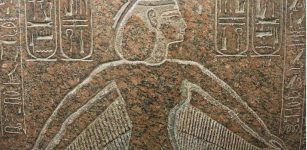 Nephthys – Egyptian Funerary Goddess Who Also Protected The Pharaohs While They Were Alive
Featured Stories | Aug 15, 2021
Nephthys – Egyptian Funerary Goddess Who Also Protected The Pharaohs While They Were Alive
Featured Stories | Aug 15, 2021 -
 Height Differences Among Neolithic People Was Caused By Environmental Stress Not Genetics
DNA | Dec 13, 2023
Height Differences Among Neolithic People Was Caused By Environmental Stress Not Genetics
DNA | Dec 13, 2023

